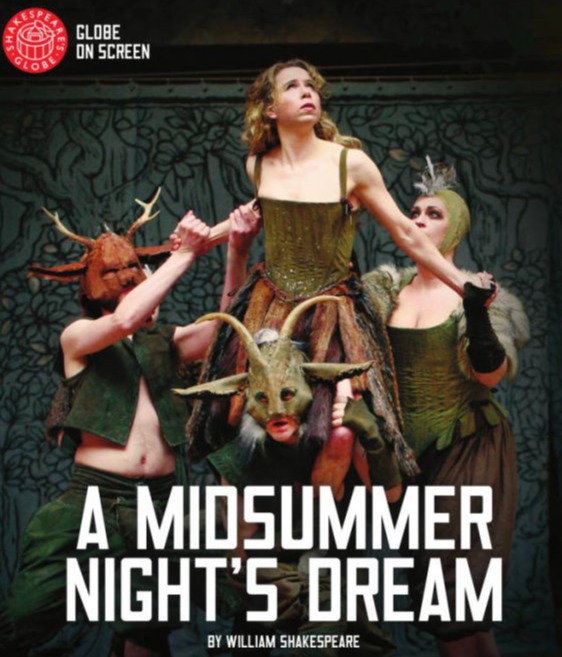
From the theatre of Shakespeare (more or less)
The original Globe Theatre where most of Shakespeare’s plays were originally performed burned to the ground in June 1613. But in 1997, a recreation of this Elizabethan theatre opened up 750 feet from the original’s site on the south bank of London. Since then, many have stood as “groundlings” to watch plays performed in a somewhat traditional manner.
Preview performances for this version of the Dream began on May 24, 2013 with an official opening of May 30, 2013 and ran to October 12 that year. A recorded version of this production was shown at movie cinemas as part of the Globe On Screen’s 2014 season. While theatres were closed for the COVID-19 pandemic, this production was released free on YouTube on Monday June 15, 2020 for a two-week run.
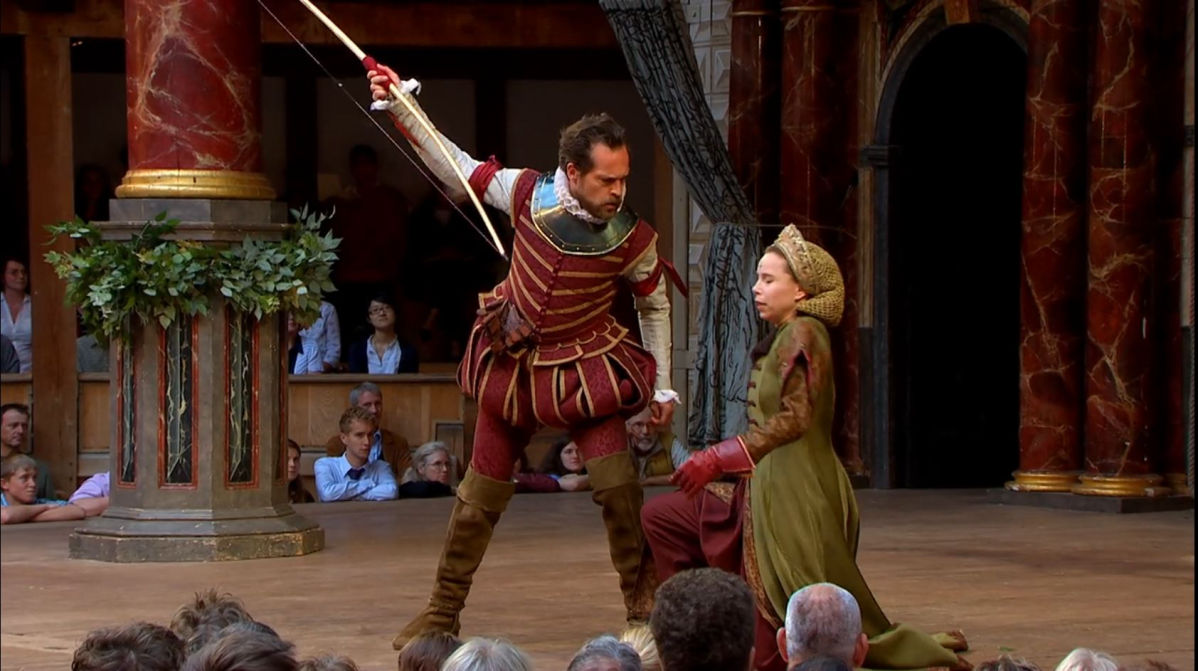
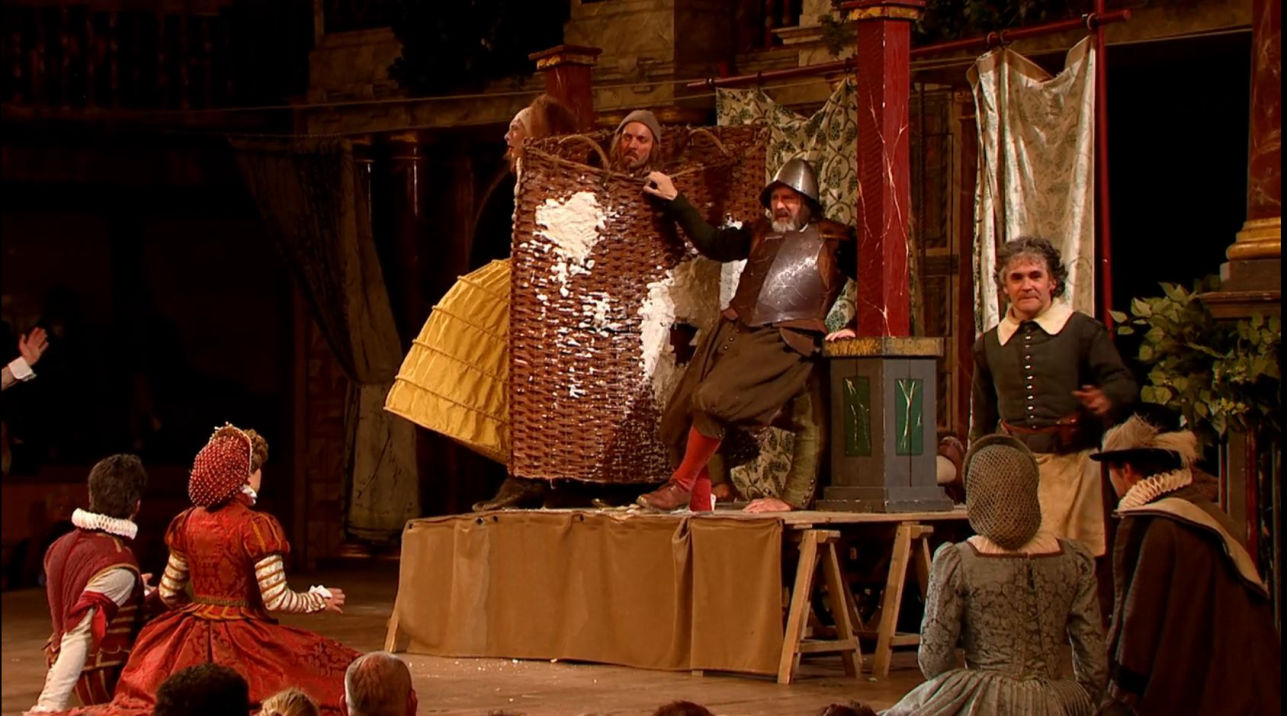
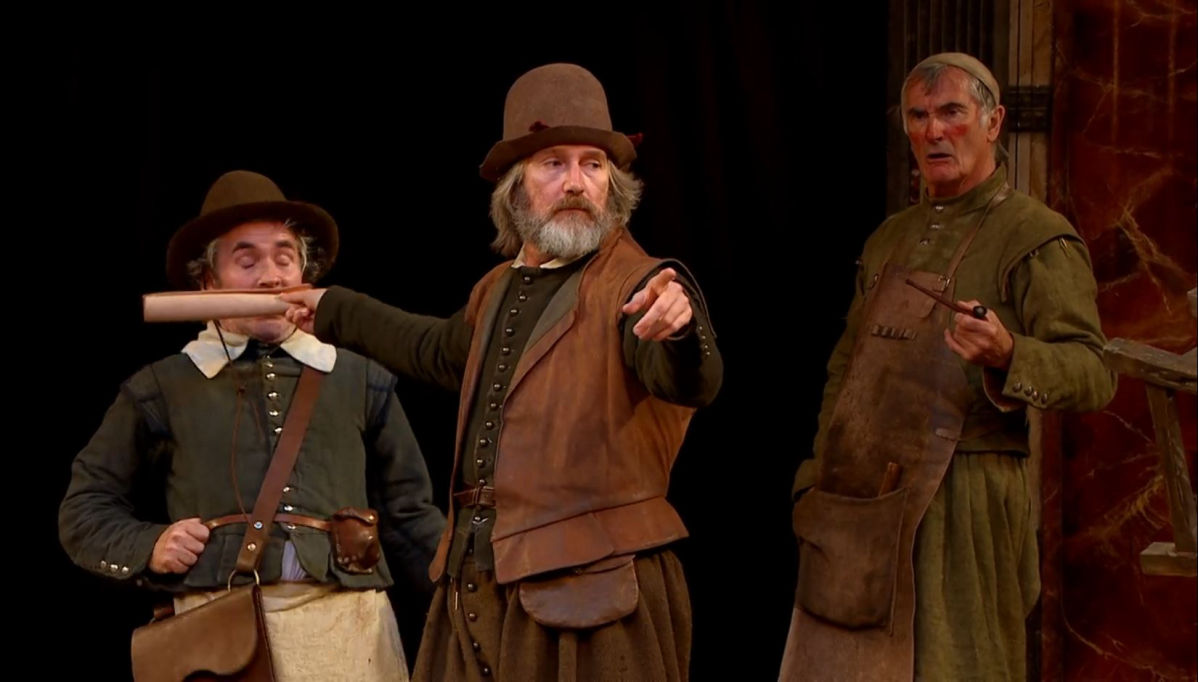
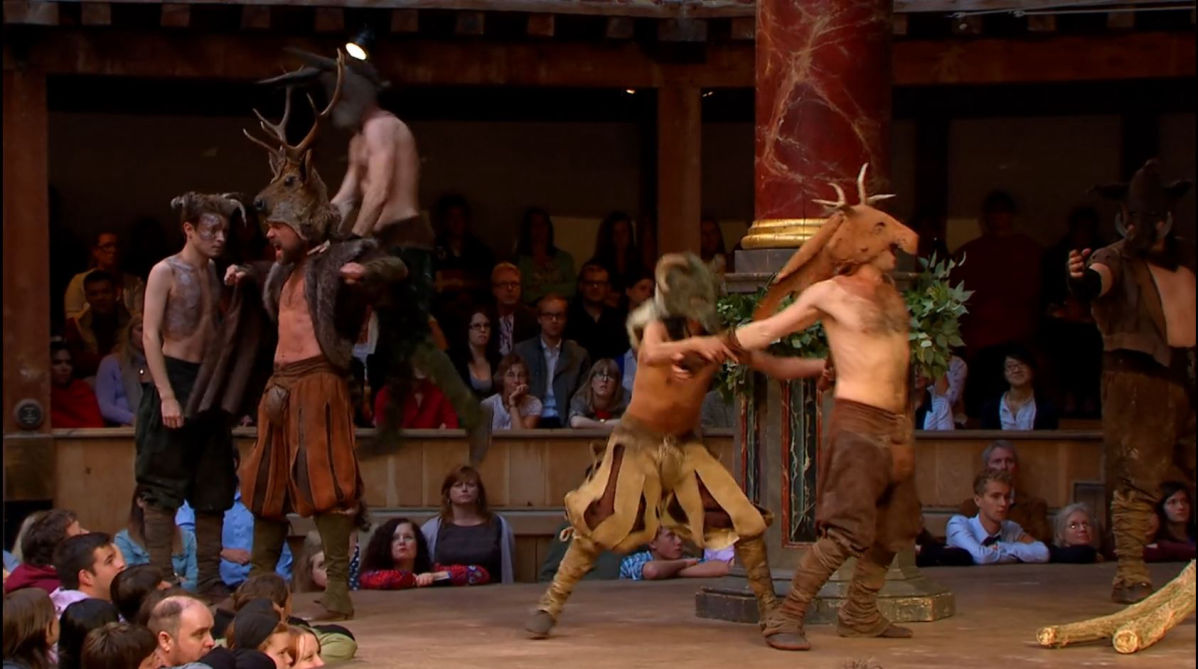
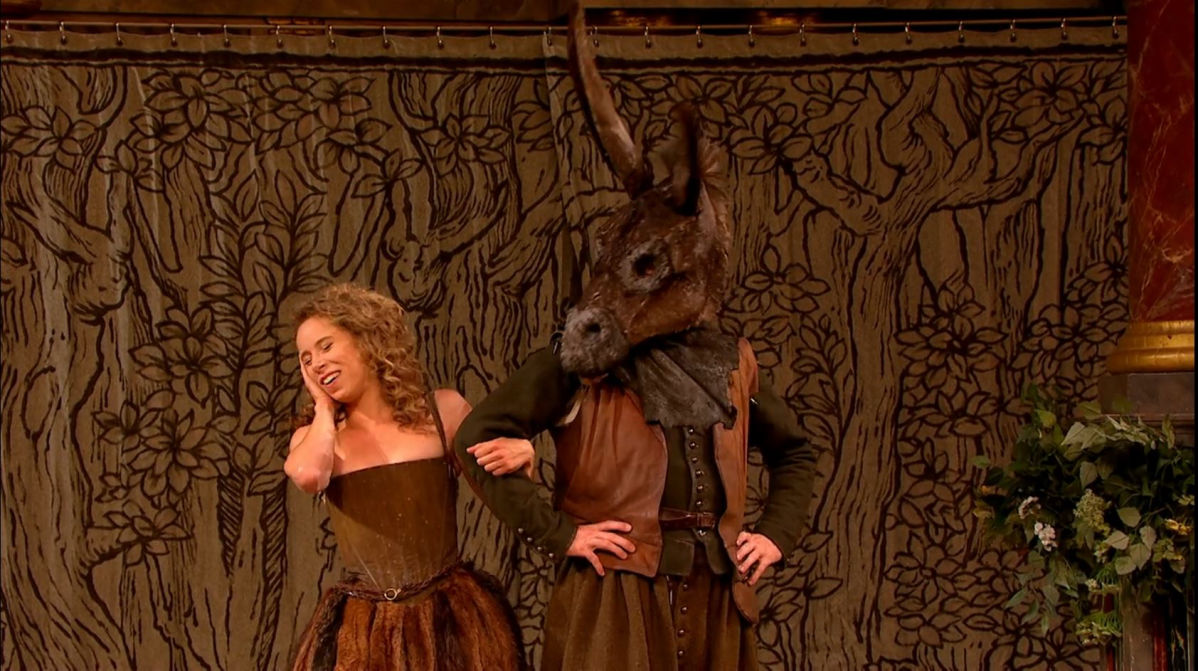
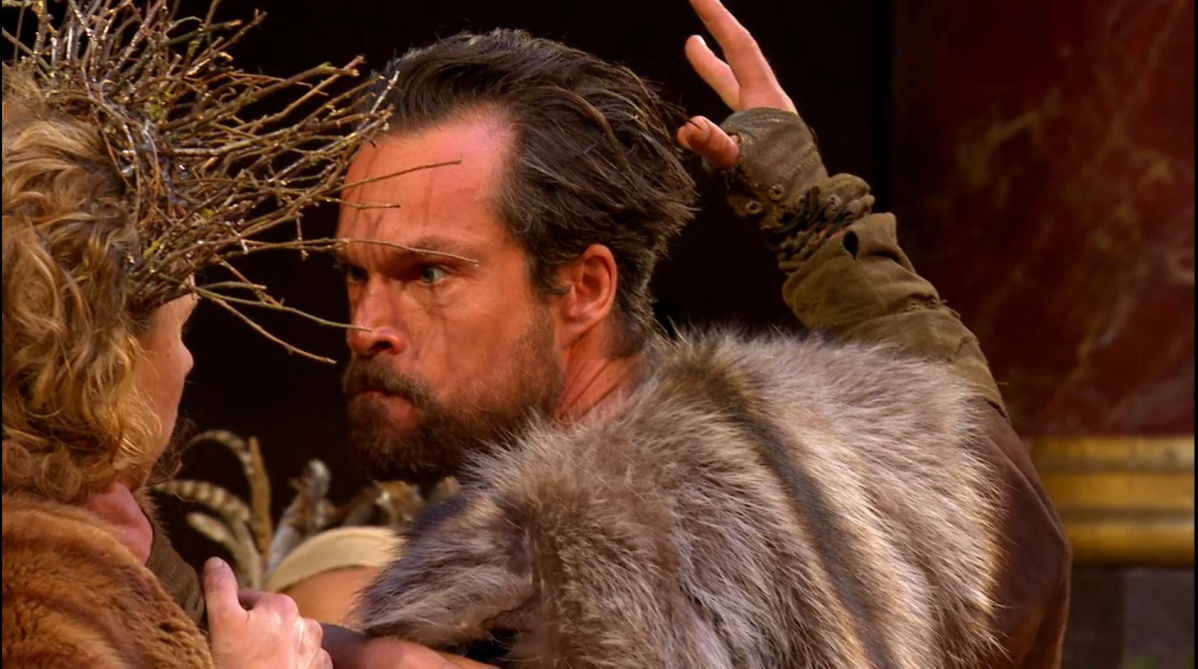 ">
">
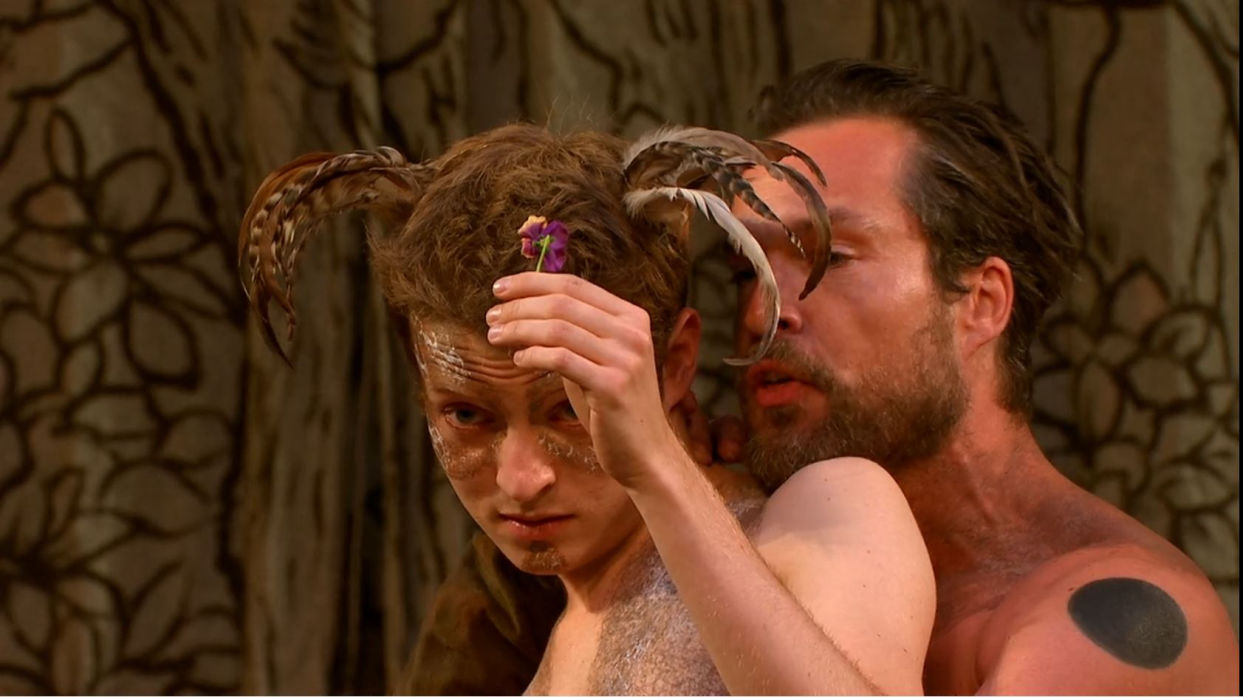
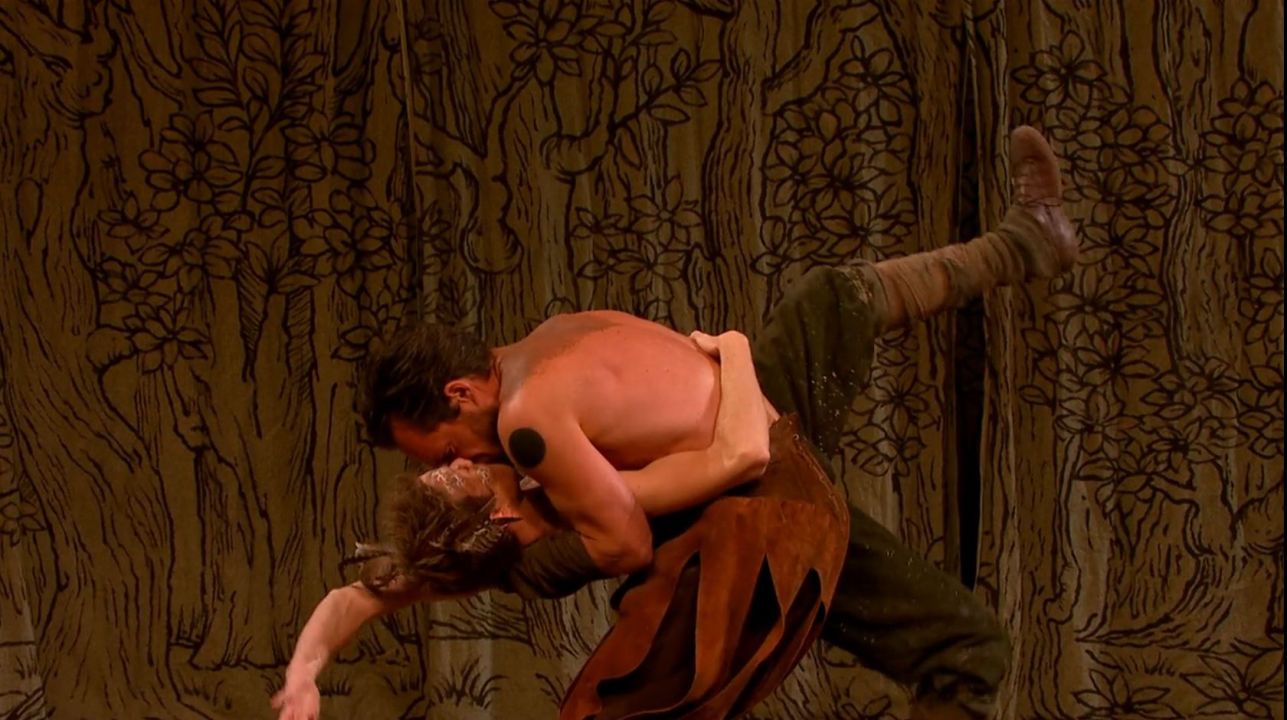
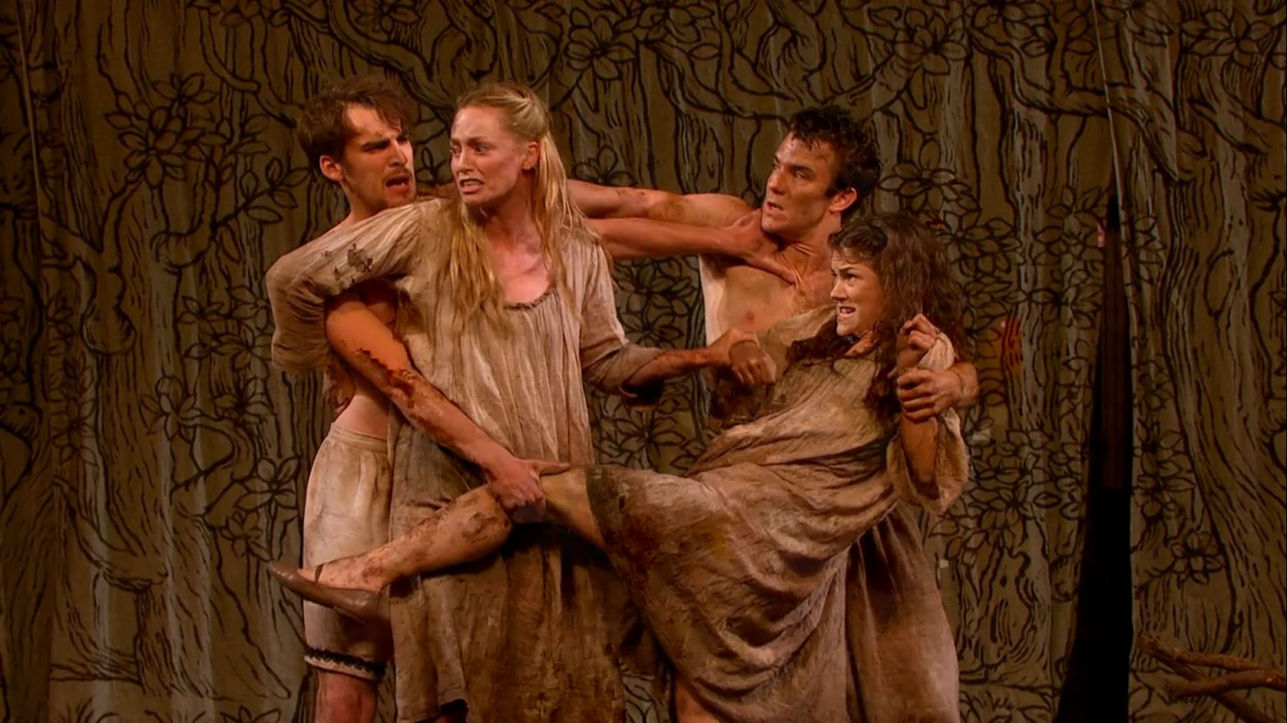
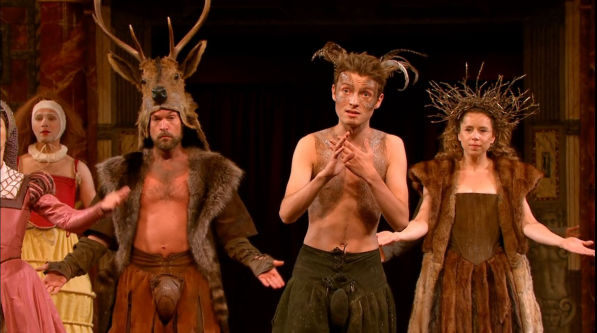
Contact Us